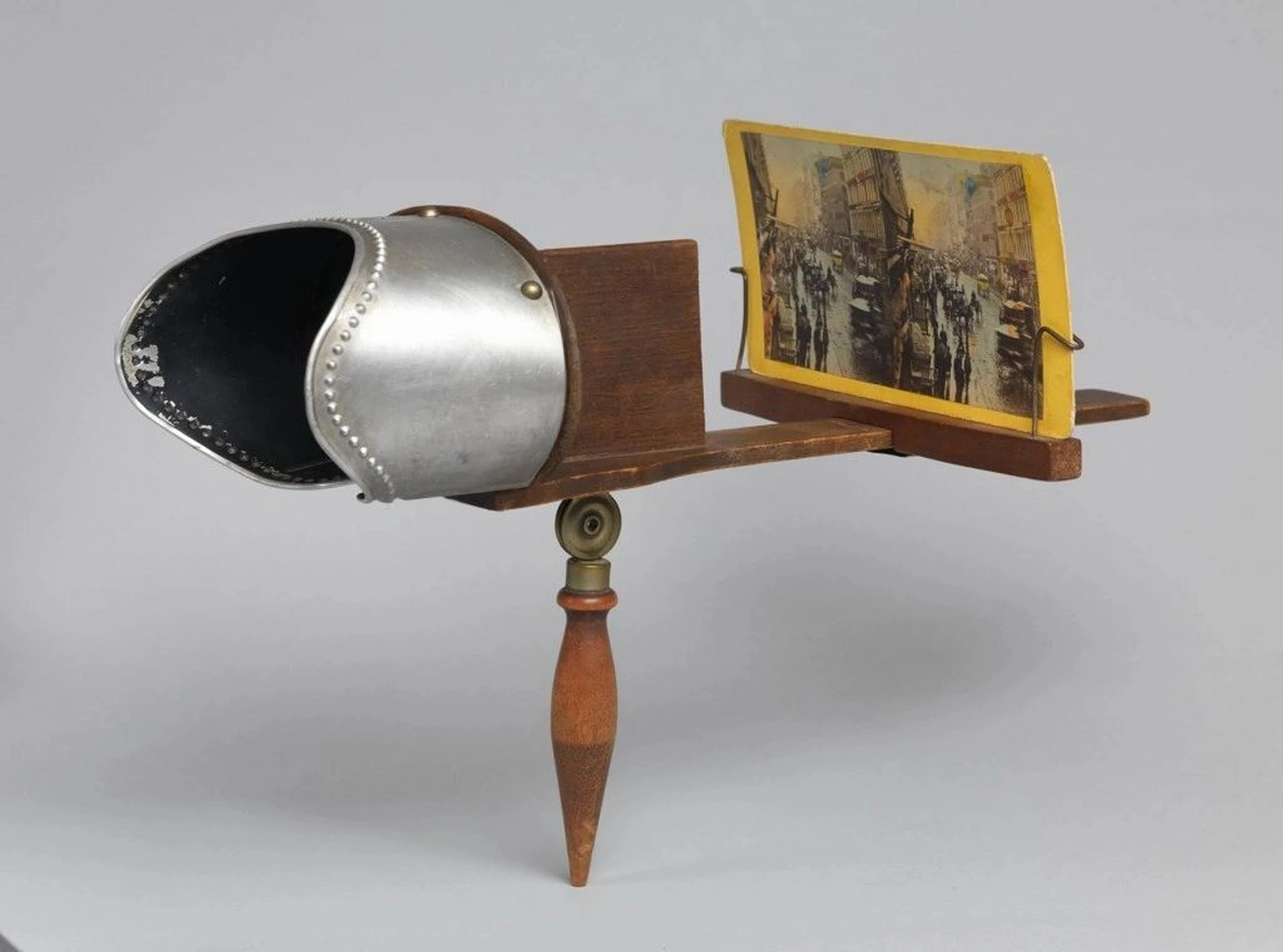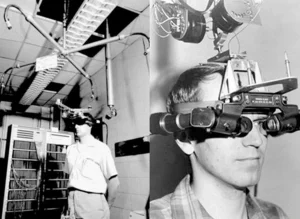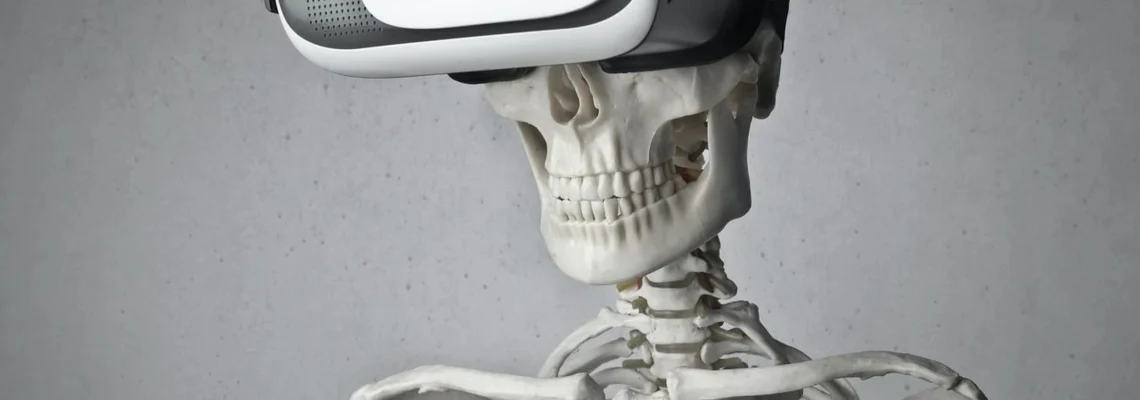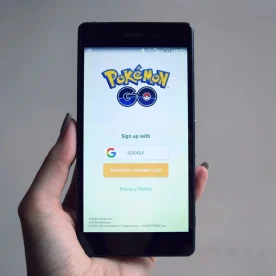As Part 1 of our blog looked at the common uses of CGI in digital marketing, we now turn our attention to the future and why you should be considering CGI as part of your regular marketing arsenal.
Virtual Reality

Virtual reality (or VR) has existed in some form since the early 19th century, originally starting as 360° panoramic paintings designed to immerse the viewer before moving towards stereoscopic photos and viewers in 1838. The design principle of the stereoscopic viewer is very much like the Google Cardboard and lower end VR headsets of today relying on the principle that the brain processes two 2D images projected to each eye as a 3D image.
As technology progressed from the cumbersome (and frankly dangerous looking) VR units from the ‘60s and ‘70s it wasn’t until the early ‘90s that VR really started to take off.

NASA had developed a VR simulator for training astronauts in 1989 which kick started the VR revolution in the public domain. Sega and Nintendo both developed products for the ever-expanding games market but never really marketed as anything more than a gimmick due to the cost and technical ability of the hardware.
It wasn’t until the ‘Big Tech’ companies became involved in the late ‘00s that VR made a resurgence – thanks mostly to the supercomputers the majority of us carry in our pockets. With the release of Oculus technology in 2012 and Facebook’s subsequent purchase in 2014 – mobile VR became the hot topic as companies raced to produce meaningful content that took VR beyond a simple gimmick – however it was not to be.
2018 sounded the death knell for mobile VR – lack of user confidence in the technology gave rise to standalone VR units that need no computer or mobile to run. It is this development that makes VR such a powerful tool for digital marketing. Imagine estate agents being able to show people around virtual houses at the pre-planning stage, councils will be able to see the impact of building works on sites to appropriately assess the impact on surrounding areas and infrastructures.
It doesn’t end there though – customers will be able to see virtual kitchens before manufacturers even have to construct the product saving costs and most importantly reducing wastage of valuable resources.
Check Out Part 3
Join us for Part 3 and see how Augmented Reality is a product manufacturer’s dream.
Drop us a line, email paul@thecgipeople.co.uk for more info on how we can help.






